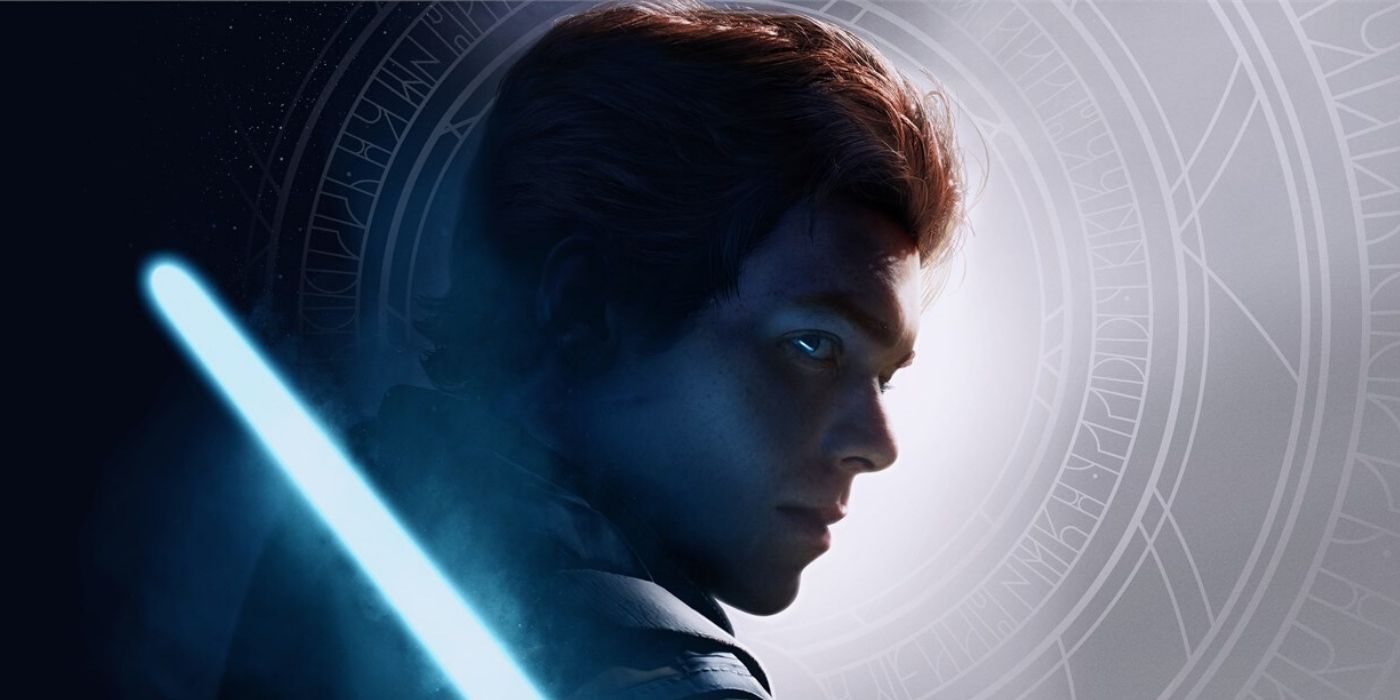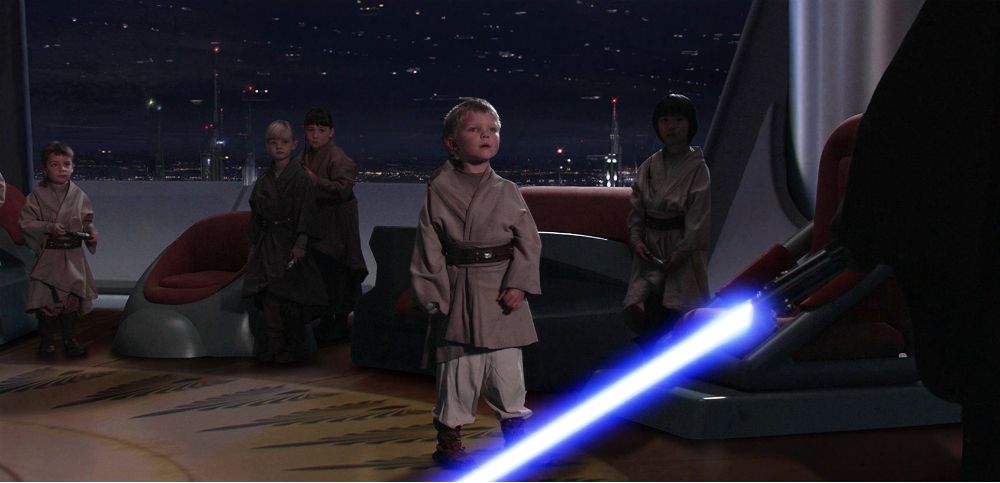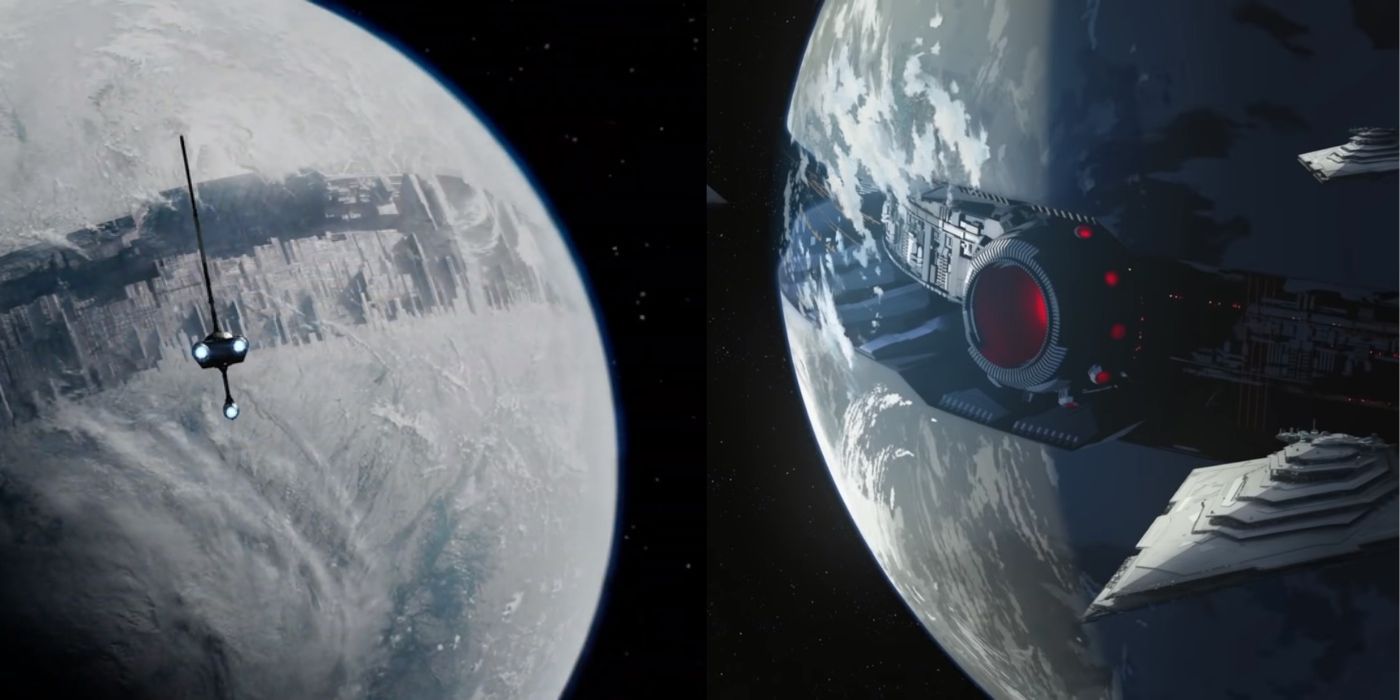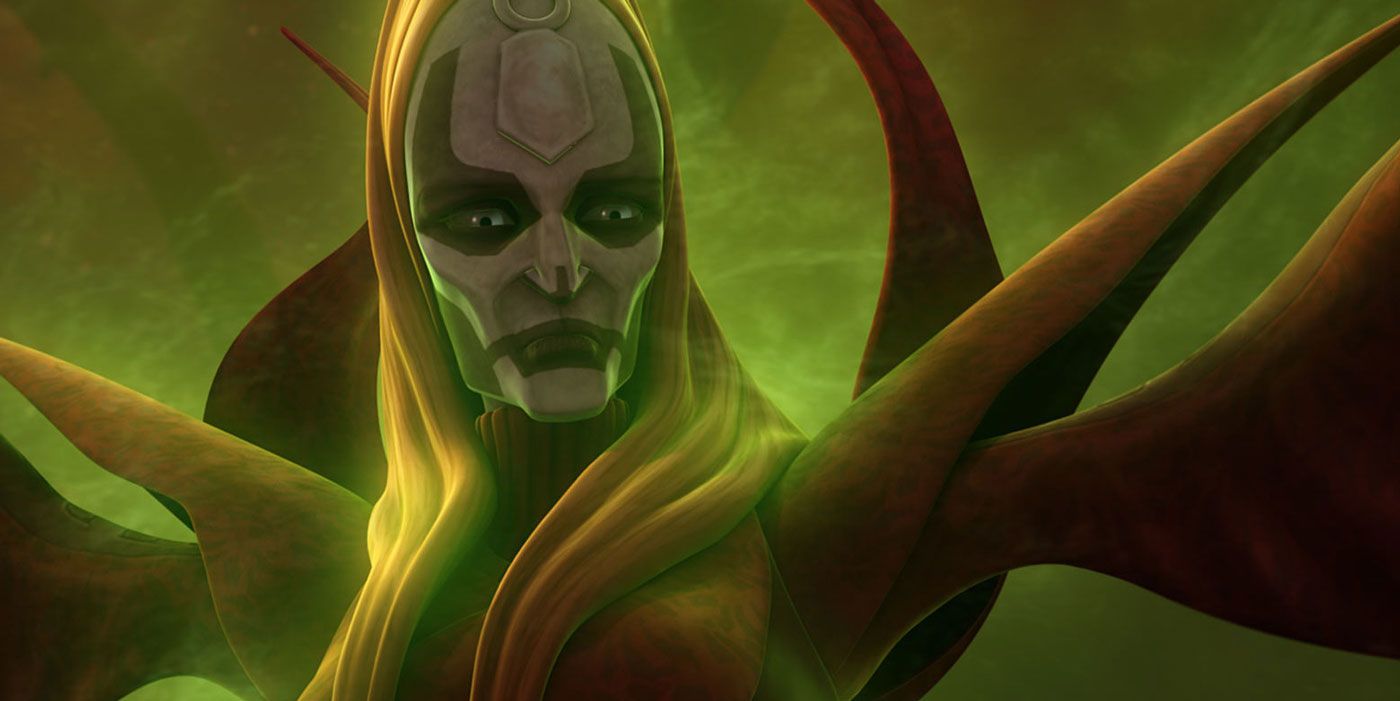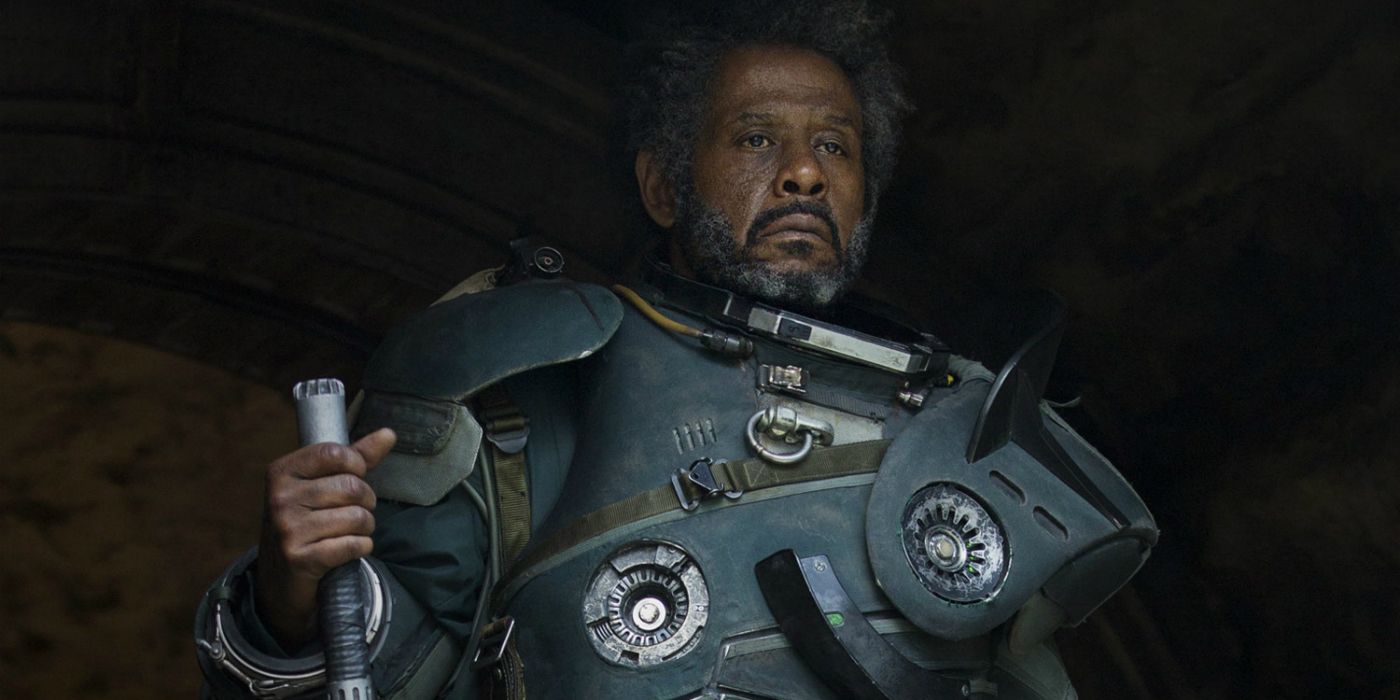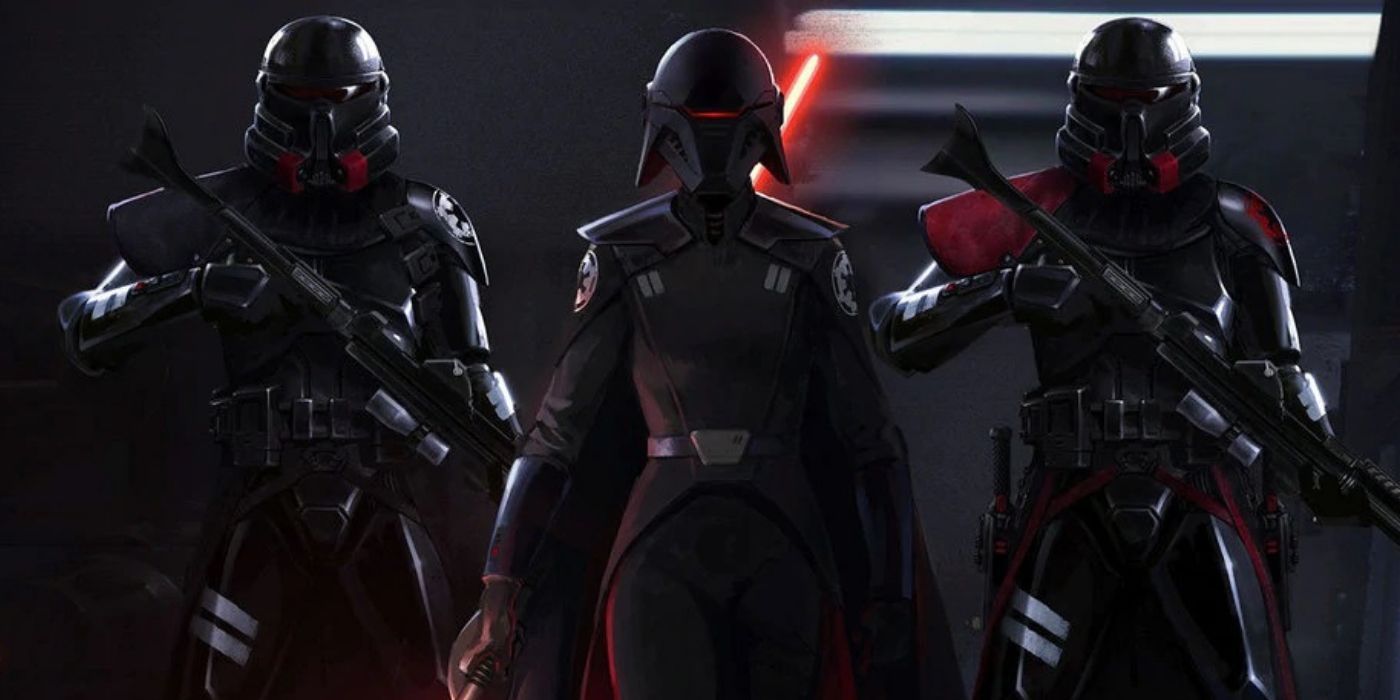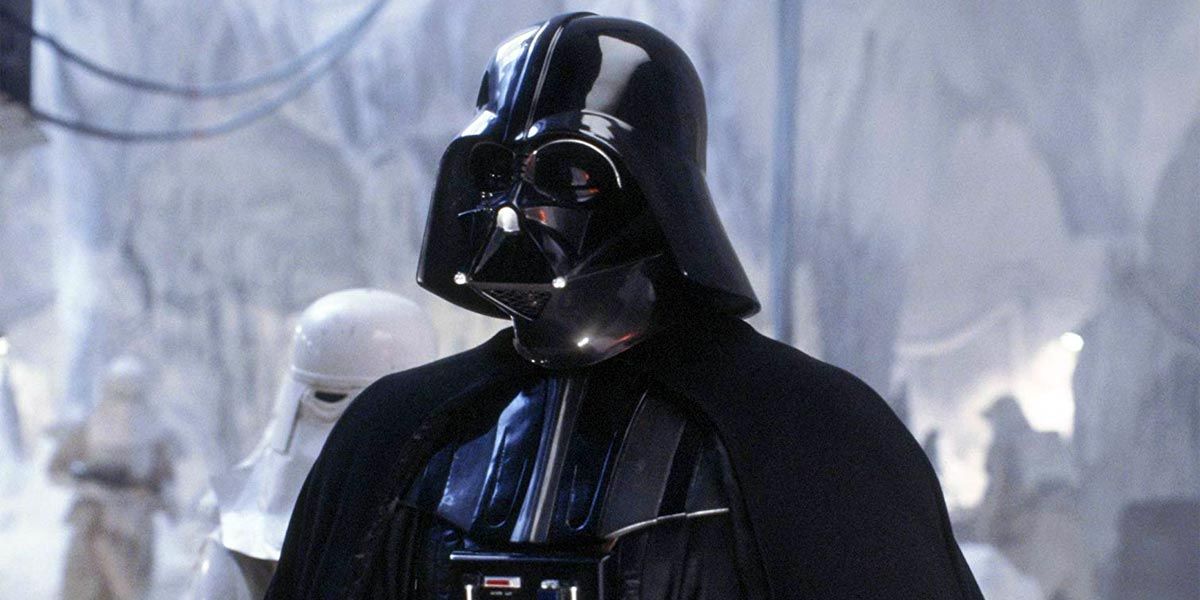WARNING: The following contains spoilers for Star Wars: Jedi Fallen Order.
RESPAWN's Star Wars Jedi: Fallen Order received near-universal praise from gamers, and it's clear why. The clever gameplay, matched with a compelling story, gives the game a clear appeal, but its most attractive element is how necessary it all feels.
The story possesses memorable main characters in former Jedi Cal Kestis and adorable droid BD-1, and is bolstered by phenomenal gameplay that mixes some of gaming's most popular mechanics. Fallen Order combines the defense-heavy combat mechanics of Dark Souls with Uncharted's off-the-wall movement. But audiences have seen games in the franchise deliver a fun experience, and
What makes Fallen Order truly special is the fact that it's the first Star Wars game to truly impact and connect with the saga's cinematic universe. Expanding on the fallout of Order 66, adding to the legend of the Nightsisters, and revealing the origins of Starkiller Base, Fallen Order proves it is truly the Chosen One of Star Wars video games.
Order 66
Emperor Palpatine's brilliant master stroke to dismantle the Jedi Order went into full effect with the execution of Order 66, in which the Emperor ordered the Republic's clone army to turn against and destroy their Jedi Generals. The Order 66 in Star Wars: Revenge of the Sith showcases the death of several Jedi on various planets, but doesn't really provide a satisfying look at what such a tragic event demands.
Fallen Order hammers home the devastating personal consequences of the attack by showing Cal Kestis' escape from the Clones' attack with his Master Jaro Tapal. Fatally wounded in the escape, Tapal imparts his lightsaber to Cal, who is left with survivor's guilt and the loss of both purpose and professor as he goes into hiding.
Starkiller Base
Starkiller Base, the First Order's superweapon that is most definitely not another Death Star, laid waste to the New Republic capital of Hosnian Prime in Star Wars: The Force Awakens, and it also carries additional significance in the galaxy far, far away. Fallen Order reveals that Ilum, the planet Cal Kestis journeys to in search of a kyber crystal that will reignite his lightsaber, is the planet that eventually becomes the dreaded weapon.
In a sense, the planet represents a balance of the Force as both a precious source of weaponry for the Jedi and the forthcoming instrument of doom for the First Order.
The Nightsisters
Dathomir, the planet where the Nightsisters reside, is perhaps best known as the home of Sith Lord Darth Maul and his brother Savage Opress. The planet also was featured previously in the Legends series and gets a spotlight, along with the enigmatic Nightsisters in Fallen Order, as Cal journeys to the planet.
The Nightsisters, a coven of witches who practice magic and necromancy, were featured most prominently on-screen in the Clone Wars animated series. They possess no love for the Jedi, who they see as selfish and deceitful, or the Sith. Talzin, clanmother of the coven, bears a special disdain for the Dark Lords after they stole her son, the child who would become Darth Maul.
Cal's travels to the mysterious planet bring him face to face with Nightsisters, Nightbrothers, and another fallen Jedi. The sequence solidifies the argument that Fallen Order provides the deepest accounts to date concerning what happened to the outcasts of the Jedi Order after Revenge of the Sith.
Saw Gerrera and General Tarfful
Where Star Wars: The Clone Wars and Rebels introduced Saw Gerrera as a jaded Rebel with questionable methods, and Rogue One showed his unfortunate demise, Fallen Order builds the legend as both a skilled tactician and liberator of the oppressed. The game drops players on Kashyyk, homeworld of the Wookies, as Saw and friends aim to free a group of enslaved Wookies.
The Wookie liberation by Saw Gerrera in Fallen Order starts as a tragic epilogue to the Kashyyk battle in Revenge of the Sith and eventually ends on a happier note. Outside of Solo, it serves as the sharpest piece of insight into what the Empire's planetary rein looked like in day-to-day life.
RELATED: Jedi Fallen Order: Who & What Are The Zeffo
The Sisters
While Order 66 nearly extinguished the flame of the Jedi Order, the Jedi Purge continued for years after. Emperor Palpatine continued his quest to kill all remaining Jedi and doubled his efforts by creating the Inquisitorius Program, a group composed mainly of former Jedi who had journeyed to the Dark Side. Star Wars fans got up close and personal with a number of the Inquisitorius Program faithful in Star Wars: Rebels, none more powerful than the Grand Inquisitor.
5 years after Order 66, Cal Kestis remains in hiding until he uses the Force to save a working buddy from falling to his death. The heroic effort draws attention to his abilities and the ire of two of the Inquisitors, the Second Sister and Ninth Sister.
The Second Sister, formerly known as Trulla Suduri, was the Padawan of Jedi Knight Cere Junda (a key character and ally of Cal Kestis in Fallen Order) before Trulla's capture during the Jedi Purge and eventual turn to the Dark Side. Her abduction came as the result of information delivered by Cere Junda, who revealed her locations to the Inquisitors during a torturous interrogation. The Second Sister uses this as fuel for her hatred and continued journey in the Dark Side.
The Ninth Sister, formerly known as Masana Tide, also was a former Jedi and empath with the ability to read others' emotions. She was strengthened by the Dark Side and eventually able to read peoples' minds. Unlike the Second Sister, she isn't as interested in pursuing Cal Kestis but, upon meeting him in battle, hungers to see him turned to the Dark Side like the rest of the members of the Inquisitorius Program.
The expansion of the Second and Ninth Sister story arcs adds to the tragedy of the fall of the Jedi Order—they didn't just lose the Chosen One when Anakin Skywalker turned to the Dark Side. Many of the remaining Jedi holdouts would also come to serve the powers they swore to destroy.
Darth Vader
You can't have a discussion about the Jedi Purge without including the Chosen One himself, and the galaxy's greatest fallen Jedi makes an appearance in Fallen Order. The cameo makes total sense when you consider that Vader took over the Inquisitorius Program as a key figure in the Jedi Purge. We won't dive too deep into Vader's involvement in the game, but it's safe to say (as is always the case when the Dark Lord shows up) that he makes an impression on everyone he encounters.
Fallen Order represents the next step in Star Wars gameplay. The game's ability to balance exploration of an expanded universe, challenging combat sequences that focus on the lightsaber as a weapon of defense and action-packed platforming all combine to make it a remarkable achievement. But it is Fallen Order's attention to detail and expansion of the key moments of the larger Star Wars universe that truly make it impressive. Most impressive.
Star Wars Jedi: Fallen Order is available now on PC, PlayStation 4, and Xbox One, and is published by Respawn Entertainment.

